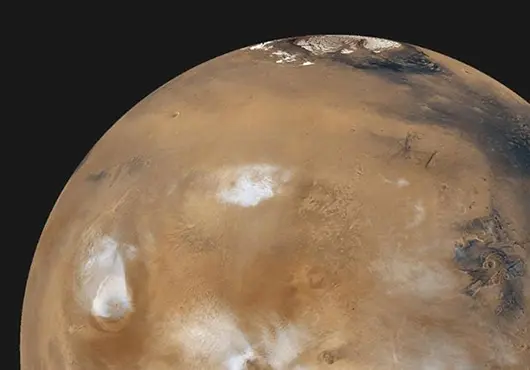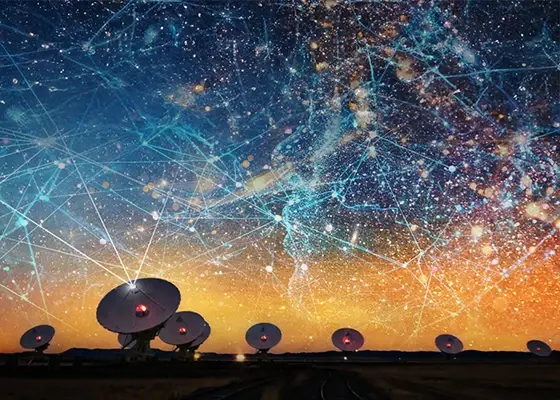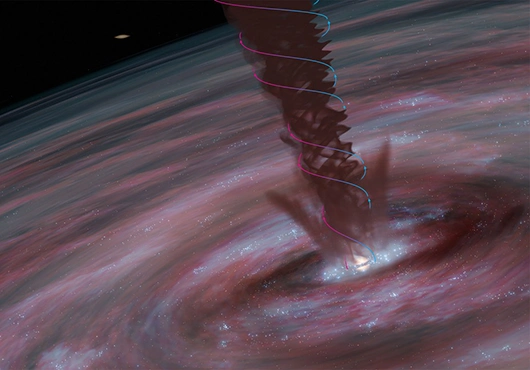
How we could warm Mars
Since discovering Mars' cold, lifeless surface, scientists have sought ways to make it more habitable. In a groundbreaking study, researchers from Northwestern propose using engineered dust particles to warm Mars by over 50°F—bringing temperatures closer to supporting microbial life.




